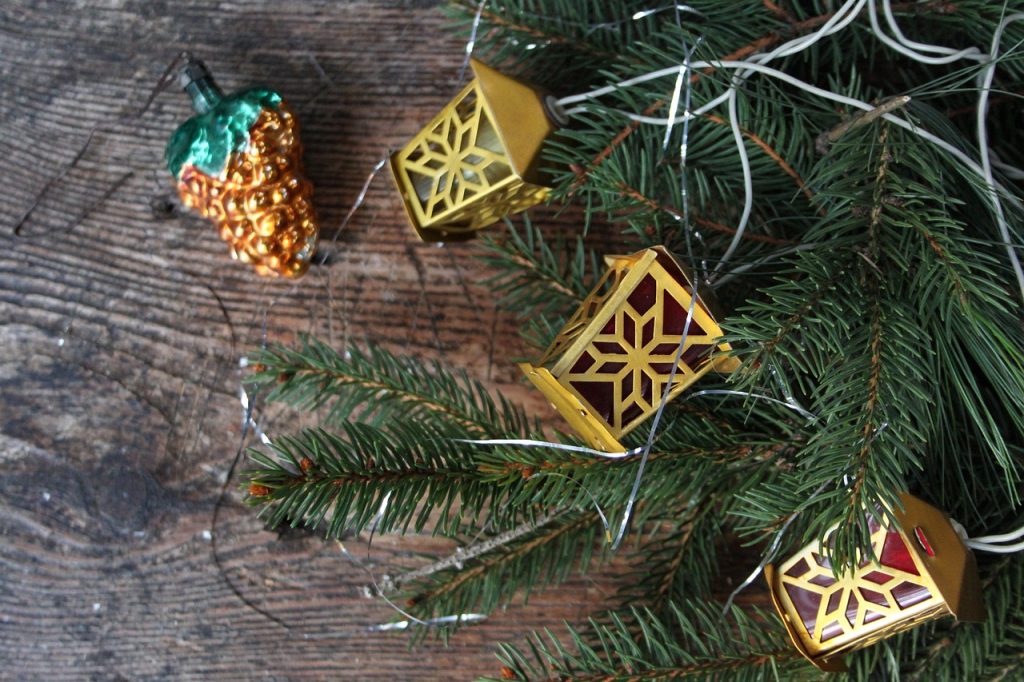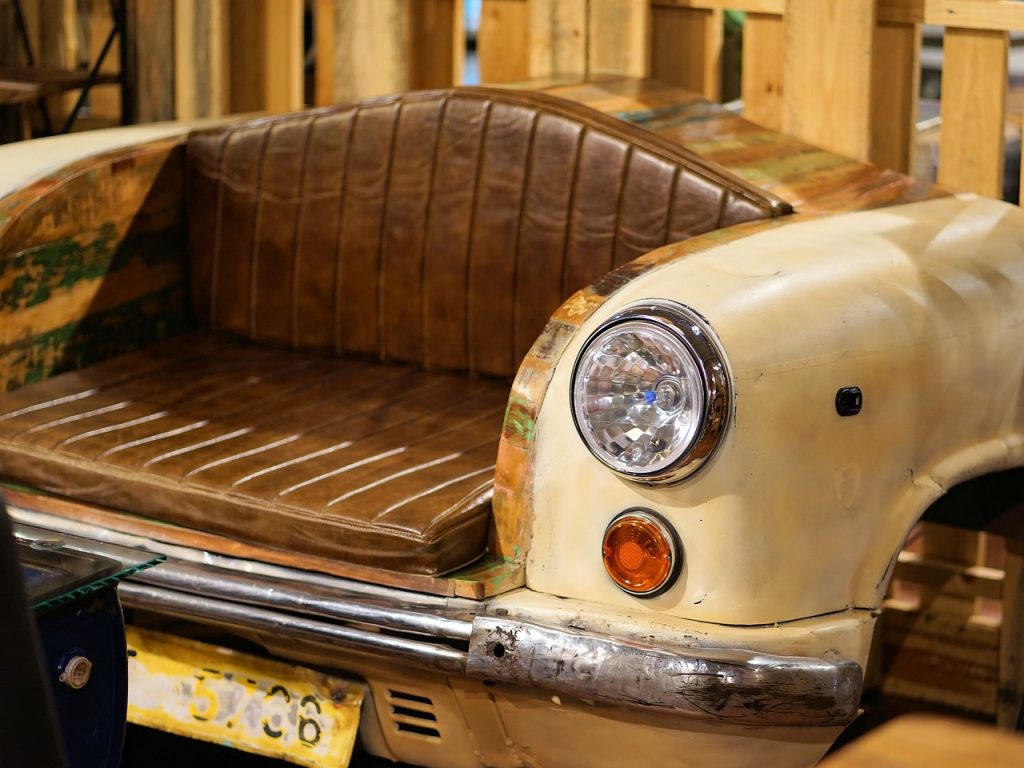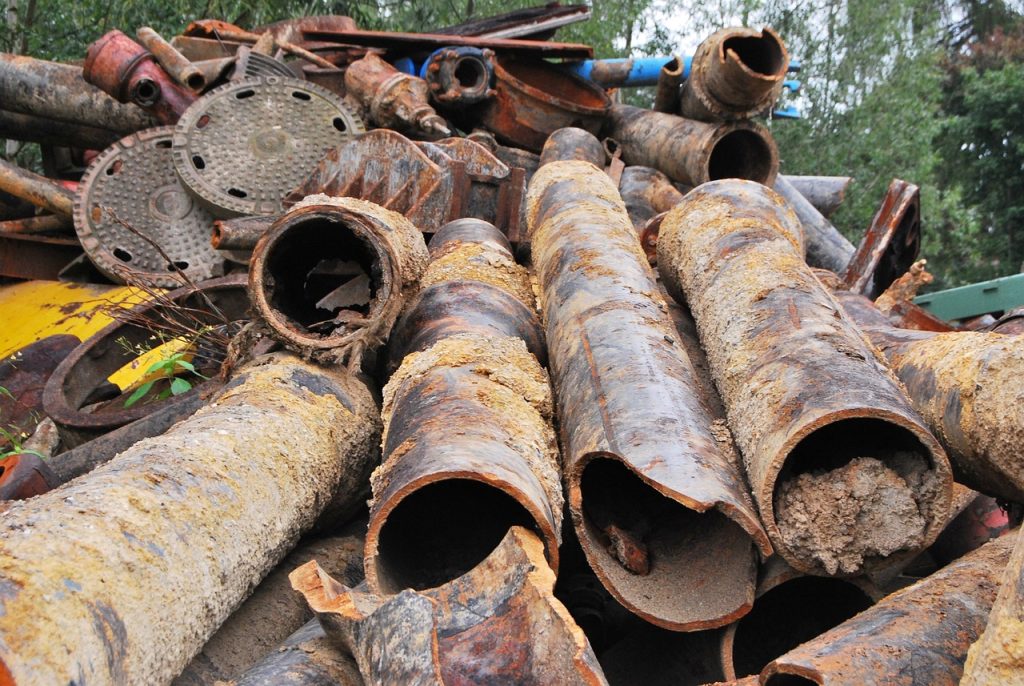- Remove all lights, ornaments, tinsel, and other decorations from your tree.
- If the tree is large, consider cutting it into manageable pieces.
- Check local recycling programs for tree pick-up schedules or drop-off locations.
- Transport the tree to the designated recycling facility or curb-side pick-up spot.
- Allow the tree to be transformed into mulch, compost, or other eco-friendly products.
The Green Afterlife of Christmas Trees
If you’re wondering about the green afterlife of Christmas trees, we’ve got some good news for you. Christmas trees aren’t just for the holidays; their fate doesn’t end in January. With a little bit of effort, you can turn your festive fixture back green, giving it a new life that aids the environment.
This initiative aids in enhancing the appearance of the urban landscape and contributes to creating cleaner air and water. You see, when you recycle your tree, it’s often shredded and turned into mulch, which is then used in city parks or sold to the public. It’s essentially a program to give back to the community.
These are just two of the ways a Christmas tree can experience a green afterlife. Just imagine, the tree that was the centerpiece of your holiday celebrations could be helping to preserve your local park or guarantee clean drinking water for your community.
By giving your Christmas trees, yes even multiple trees, a green afterlife, you prove that every tree, and yes, even that fifth, sixth, or tenth tree, can give back. Isn’t it wonderful to think that your Christmas trees can have such a meaningful drop in the bucket towards keeping our world cleaner and greener?
Prepping Your Pine: Steps Before Recycling
If you’ve ever wondered what to do with your Christmas tree once the festive season is over, I’ve got a plan for you: recycle it! But before you catapult that spruce out of your home, there’s a bit of prep you need to do. Prepping your pine is a critical step in the Christmas tree recycling process.
Firstly, ensure you’ve removed all lights, ornaments, tinsel, and other decorations from your tree. The last thing you want is to accidentally recycle an heirloom ornament! Then, if your Christmas tree is very large, it might be necessary to cut it down into more manageable pieces. Some recycling programs require this, but even if your local recycling company doesn’t, it might make transportation easier. If you’re not sure how to safely cut your Christmas tree, there are plenty of online tutorials and guides to help.
Once your Christmas tree is ready, you need to pick the right way to recycle it. Depending on where you live, there might be several options available. Some areas offer curb side pick up for Christmas trees, while in others you’ll need to take your tree to a specific recycling facility. If you’re unsure where to go, doing a quick search online should point you in the right direction.
But what happens to your recycled Christmas tree? That’s the most exciting part! Recycled Christmas trees often get made into mulch, which is then used in local parks and gardens. Some places even use recycled trees in erosion control projects or to provide habitats for fish. No matter what ends up happening to your tree, you can rest assured that by recycling it, you’re ensuring the Christmas spirit continues long after December 25th.
So don’t just leave it up for months. With a little effort and planning, the green afterlife of your Christmas tree is waiting!
From Festive Decor to Eco-Friendly Compost: The Journey of Christmas Trees
It’s a common holiday hangover: The Christmas tree that decorated your festive home the entire December is now just sitting there in January. What should you do with it? Don’t just leave the Christmas tree standing for months! With proper disposal techniques, your tree’s journey doesn’t have to end once the holiday season does. It can go from being a festive decor to providing an eco-friendly compost for your garden. The process of recycling Christmas trees is fairly simple.
To start, strip your tree of all decorations, tinsel, and lights. This prepping is an important step before recycling. You wouldn’t want non-biodegradable items to interfere with the recycling process, would you? Once your Christmas tree is free from all holiday adornments, it’s ready to be recycled. Many municipalities offer tree recycling services in January. They usually grind the trees into mulch, which can be used to enrich the soil of local parks and communal gardens.
If municipal recycling isn’t an option, you can recycle your tree at home. Christmas tree branches can be trimmed and used as mulch in your own garden. The mulch from these trees helps retain soil moisture and suppress weed growth, adding nutrients back into the soil as it decomposes. The trunk, on the other hand, can be chopped and saved for firewood.
Alternatively, you can convert your Christmas tree into compost. Composting a Christmas tree might take some time but the end result is a nutrient-rich compost that can be added to your garden soil. With the tree serving a second purpose as compost, you’re not only disposing of it in an eco-friendly manner, you’re also adding value to your garden in the future.
So, instead of letting your Christmas tree sit unused for months, consider the options of recycling, mulching, and composting. Together, we can all help give our holiday trees a green afterlife.”
The Environmental Impact of Dumped Trees
As the end of the festive period approaches, most people face the disposal of their beloved Christmas trees. It’s not uncommon to see trees abandoned on the sidewalk or piled up in the trash, creating an open invitation for waste. However, these disposal methods massively contribute to the environmental waste problem. The impact of dumped trees on our environment is substantial, and so, more environmentally friendly methods, such as recycling Christmas trees, have gained popularity in recent years.
Firstly, it’s important to mention the often-overlooked environmental aspect of waste disposal. When trees are dumped, they decompose and produce methane – a potent greenhouse gas, contributing to climate change. Perhaps, quite surprisingly for many, the improper disposal of Christmas trees significantly adds to this problem. According to the Environmental Protection Agency (EPA), yard trimmings (which include Christmas trees) accounted for nearly 33 million tons of waste in 2015. That’s a massive Christmas tree waste issue that’s flying under the radar.
Solution? Christmas tree recycling. It’s an environmentally preferable alternative to the traditional disposal methods. Instead of letting your tree end up in a landfill, it can have a green afterlife; tree to tree recycling, as it were. Programs that collect trees for recycling are becoming more widespread. You’ll likely find a tree collection point within your local area, typically open to all residents. They’ll take your Christmas tree and transform it into useful products such as mulch or compost, completing the journey from festive decor to eco-friendly compost. What’s more, recycling your tree helps reduce waste in landfills, promotes the reuse of resources, and furthers our commitment to being environmental stewards of our planet.
Ultimately, leaving your Christmas tree up for months isn’t an option. With the right prep, the recycling process can be easy and hugely beneficial. So, think twice before dumping your tree this year – recycling is the way to go!
Why Your Christmas Tree Deserves a Second Chance
Did you know your Christmas tree deserves a second chance? That’s right, don’t just dispose of it, give it another life! Every year, as city residents, we invest a considerable chunk of our time and resources into picking out the perfect tree for our home, decorating it joyously, and then just leave it up for months. So, why not extend the festive spirit and keep the cycle going? That’s where recycling comes into play.
Contrary to what some believe, Christmas trees don’t have to end up in landfills, contributing to the environmental impact caused by improperly dumped trees. Many trees, in fact, can be recycled and given a second chance. Many city-based recycling programs facilitate this, usually converting discarded trees into mulch or compost that can nurture the growth of other plants. It’s like each Christmas tree is graced with the opportunity to be part of a grand green afterlife, a circle of life in itself.
Before you recycle, there are a few essential steps to take. The journey of Christmas trees from a festive centerpiece to eco-friendly compost begins right at home. Prepping your tree is incredibly important. All decorations, including tinsel, ornaments and lights, must be removed. Furthermore, some cities require you to trim your trees before disposal.
The process of recycling might seem daunting at first, but it’s actually simple. It not only gives the tree a new purpose but also positively affects the environment. So, give your beautiful Christmas tree the second chance it rightly deserves! Recycling is a gateway to a better and greener world. Embrace this opportunity and contribute to the overall wellbeing of our planet. Through these sound practices, our once happy home-centered Christmas trees can play their part in saving the world.
Transforming Trees: The Recycling Process Unveiled
So, you’ve had a wonderful festive season with a beautiful Christmas tree taking pride of place in your home. Now, it’s not just about taking down the decors; it’s about the transformation of Christmas trees from festive icon to potent recycling material. Here’s how the recycling process is unveiled.
First, check your city’s recycling program. Different cities have different schedules for tree recycling. Don’t delay this, as leaving a tree up for months is an eyesore, and it can become dangerous as it dries out. It’s best to begin the recycling process promptly, right after the holidays.
As we delve into the recycling process of the Christmas trees, it’s worthy to note that the transformation isn’t as complicated as you may imagine. Indeed, it starts right in your own home with the removal of all decorations, stands and non-organic materials. This step is crucial to ensure the tree’s readiness for recycling.
Next is the transportation to the recycling place or facility. Many city-based programs offer tree pick-up, making it convenient for households. This is typically scheduled a few weeks after Christmas, so check your local city recycling website for the dates.
Once the tree arrives at the recycling facility, ‘recyclers’ get to work. This is where your tree meets its second chance in life. The trees are put into an industrial chipper or grinder. The outcome? A mountain of nutritious mulch or compost used for landscaping or agricultural purposes. Businesses, parks, and homes benefit from the recycling technique, as it’s eco-friendly and resourceful.
As we reflect on the journey your Christmas tree takes, from a twinkling centerpiece in your home to valuable compost, we realize the importance of this recycling process. It’s not just a green afterlife for Christmas trees but a significant step in environmental preservation. So remember, don’t just leave it up for months. Recycle and let your Christmas tree transform into something truly useful once more.




